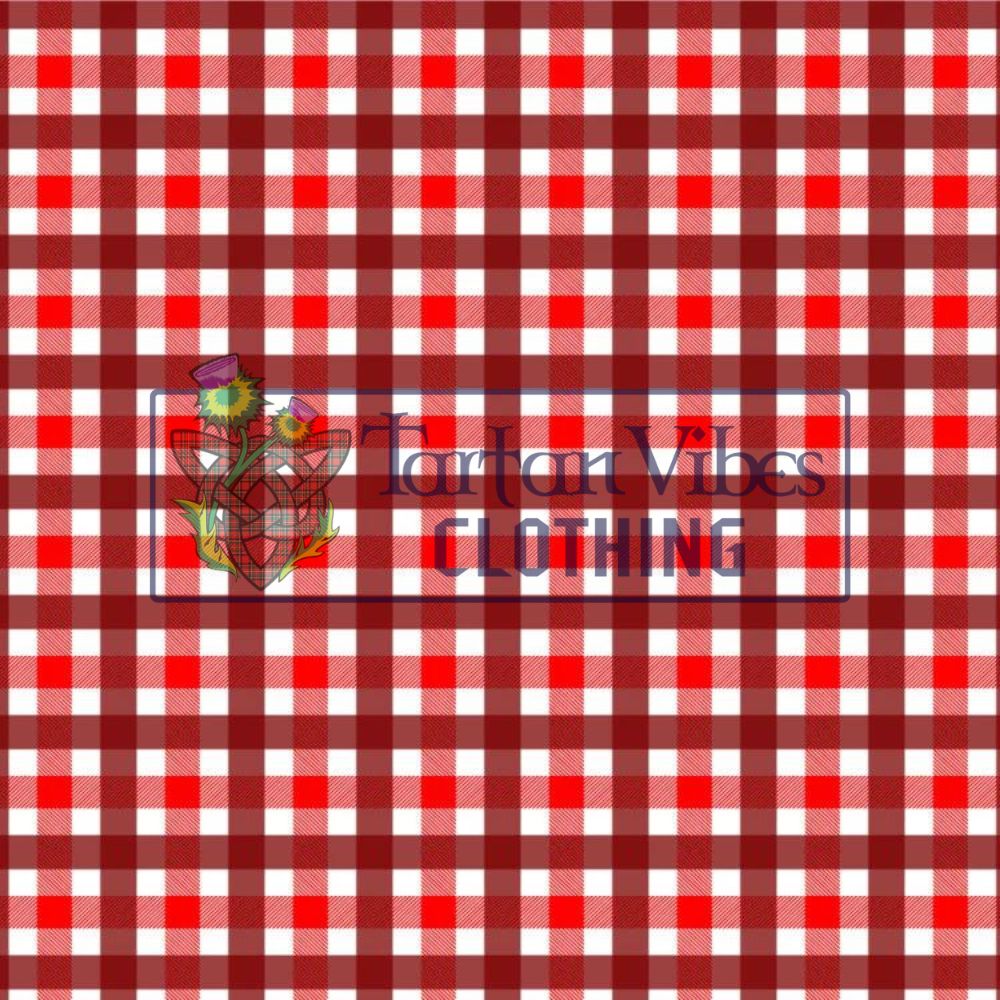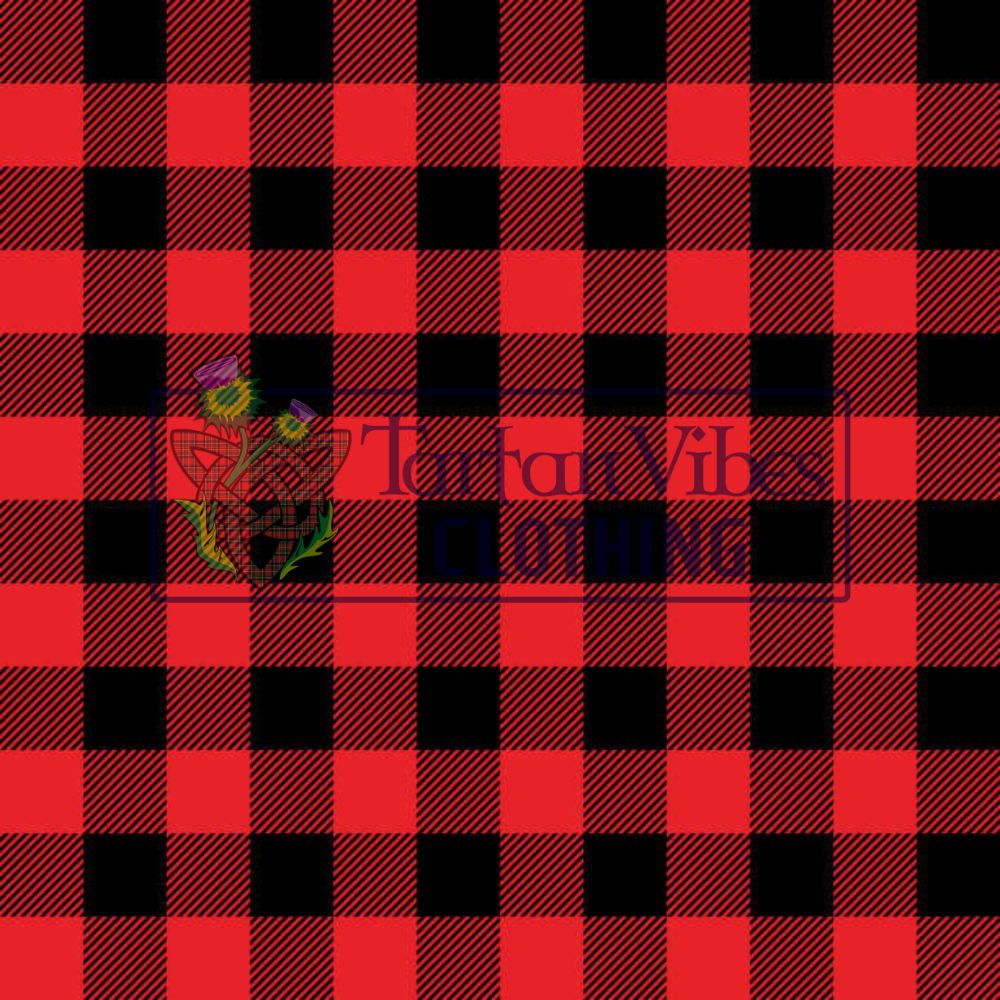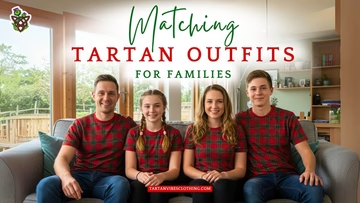Table of Content
Tartan vs Plaid are two iconic designs that have captivated the attention of designers, fashion enthusiasts, and cultural historians for decades. Both tartan and plaid have played substantial roles in the realms of fashion and design, shaping everything from clothing and accessories to interior decor and corporate branding. This article will explore the differences between tartan vs plaid, highlighting their unique characteristics, cultural significance, and evolving place in contemporary style.
I. Tartan vs Plaid: A Comprehensive Comparison
Understanding the plaid vs tartan difference is essential for anyone interested in fashion, textiles, or cultural history.
Key Differences |
Tartan |
Plaid |
1. Historical origin |
Found in ancient Scottish settlements. |
Found in North America. |
2. Pattern and Design |
A specific set of colors and patterns that repeat in a precise and consistent order. |
Any fabric featuring a check or stripe pattern |
3. Fabric Type |
Made from wool or wool blends |
Found in a variety of fabric types, including cotton, polyester, or flannel. |
|
4. Cultural Significance |
Often serving as a symbol of connection to a specific clan or heritage |
Commonly associated with casual fashion and everyday wear |
5. Usage and Context |
Used in formal garments such as kilts, jackets, and traditional Scottish attire |
Used in casual clothing, including shirts, skirts, and scarves |
II. Conceptual Difference Between Tartan and Plaid
1. What Is Tartan?

Tartan is a distinctive patterned fabric created with crisscrossed horizontal and vertical bands in multiple colors. Traditionally associated with Scottish clans, tartans hold deep cultural significance and are commonly used in garments like kilts, sashes, scarves, and other attire. Each Scottish tartan design, characterized by its unique combination of colors and repeat patterns, represents a specific clan, symbolizing their identity and heritage. In Scotland, traditional tartans receive legal recognition and protection, with the Scottish Register of Tartans maintaining an official database to preserve and document these established patterns.
☀ Explore Types of Tartans: Ancient, Modern, and More Variants
2. What Is Plaid?

Plaid, although closely related to tartan, generally refers to a type of fabric featuring a pattern of stripes or checks in various colors. Unlike tartans, which are tied to specific clans and follow strict design rules, plaid encompasses any grid or check-like pattern, offering greater flexibility in its design. Outside of Scotland, the term "plaid" is often used broadly to describe any checked or striped fabric without regard to its historical or cultural significance. Popular in many cultures, particularly in American fashion, plaid has become a staple in casual and outdoor wear, celebrated for its versatile and timeless appeal.
III. Tartan vs Plaid: Historical origin
1. Tartan
Tartan, characterized by its distinctive crisscrossed patterns, has a rich history primarily associated with Scotland. Its origins trace back to the 3rd century AD when early woolen cloth featuring simple check patterns was found in ancient Scottish settlements. By the late 16th century, tartan plaid patterns became linked to Scottish clans, establishing a sense of identity. The Jacobite uprisings in the 18th century further elevated tartan as a symbol of Scottish nationalism despite the subsequent Dress Act banning its use.

Following its repeal in 1782, tartan experienced a resurgence, mainly due to Queen Victoria’s admiration for Highland culture, leading to widespread commercialization. In the 20th century, tartan gained global recognition, transitioning from a national symbol to a fashionable pattern. Today, over 7,000 registered tartan patterns reflect their enduring significance in fashion and design while celebrating Scottish heritage.
2. Plaid
Plaid, on the other hand, gained traction in North America. While it shares a similar look with tartan, its history lacks the deep cultural ties seen in Scotland. Early settlers used plaid patterns in practical clothing for warmth and durability, making it a staple in American fashion. In the mid-20th century, plaid emerged as a fashion icon, symbolizing rebellion during cultural movements like the Beat Generation and punk rock.

IV. Tartan vs Plaid: Pattern and Design
1. Tartan



Tartan is defined by a specific set of colors and patterns that repeat precisely and consistently. Each Scottish plaid design is unique, featuring a distinct combination of colors and arrangements that can often be traced back to a particular Scottish clan or region, symbolizing its heritage. The overlapping lines within the pattern create a signature look, making tartan instantly recognizable and deeply meaningful.
2. Plaid



Plaid refers to any fabric featuring a check or stripe pattern, including those without specific cultural or historical connections. These patterns can range from simple checks to intricate grids, offering significant variation in design. Unlike tartan, plaid fabrics do not adhere to specific color arrangements or cultural associations, allowing for greater flexibility in the choice and combination of colors.
V. Tartan vs Plaid: Cultural Significance
1. Tartan

Tartan holds deep roots in Scottish history and identity, often serving as a symbol of connection to a specific clan or heritage. Wearing tartan is a meaningful way to express belonging and pride in one’s ancestry. Its importance goes beyond everyday attire, playing a significant role in ceremonies, formal wear, and cultural celebrations such as the Highland Games.
2. Plaid
Plaid is more commonly associated with casual fashion and everyday wear, lacking the formal cultural significance typically tied to tartan. Its versatility and widespread appeal have made it a popular choice across various cultures, especially in American fashion, where it is embraced without any specific connections to clans or heritage.

VI. Tartan vs Plaid: Usage and Context
1. Tartan

Tartan is primarily used in formal garments such as kilts, jackets, and traditional Scottish attire. It is often showcased during national celebrations, cultural events, and festivals, highlighting its enduring significance in Scottish heritage and tradition.
Discover the timeless elegance of tartan with our exquisite range of products.
2. Plaid
Plaid is commonly used in casual clothing, including shirts, skirts, and scarves, making it a versatile choice for everyday wear. It is particularly popular in outdoor and rustic styles, often associated with cozy flannel fabrics that evoke a rugged yet comfortable aesthetic.

VII. Common Myths About Tartan and Plaid
1. Tartan vs plaid are interchangeable.
This needs to be corrected. While people often use the terms interchangeably, they refer to different types of fabric patterns with unique origins.
2. All plaid is tartan.
Not all plaid patterns are tartan. Tartan has specific cultural significance and structure, while plaid can include any grid-like pattern without cultural ties.
3. Tartan can only be worn by Scots.
While tartan is a deep-rooted symbol of Scottish tradition, individuals outside of Scotland can wear tartan patterns responsibly, especially in celebrations of Scottish culture.
Get Stylish: Understand Tartan vs Plaid!
In summary, the distinction between tartan vs plaid is rooted in history, design, and cultural significance. While both patterns share visual similarities, they have different meanings, usages, and heritage. Understanding these differences allows you to appreciate the rich traditions behind tartan and the versatility of plaid. Whether you're choosing fabric for a formal event or casual wear, knowing the key differences between tartan vs plaid enhances your fabric selection and often deepens your personal connection to cultural history. Embrace the unique characteristics of each and enjoy the diverse patterns they offer in fashion and beyond.
Frequently Asked Questions
What is the main difference between tartan and plaid?
The main difference lies in the structure and cultural significance. Tartan has specific patterns associated with Scottish heritage, while plaid can refer to any checked pattern without clan ties.
Can plaid be considered a type of tartan?
No, plaid is a broader term for any checked or striped fabric. Tartan refers explicitly to patterns with cultural ties and defined arrangements.
Can all tartans be called plaid?
Yes, tartans are technically a type of plaid, but not all plaids are tartan.
What are some examples of tartan and plaid patterns?
Tartan patterns include the Black Watch tartan, the Royal Stewart tartan, and the Dress Gordon tartan. Plaid patterns can range from simple checkered designs to more intricate striped patterns, with variations in color and scale.











